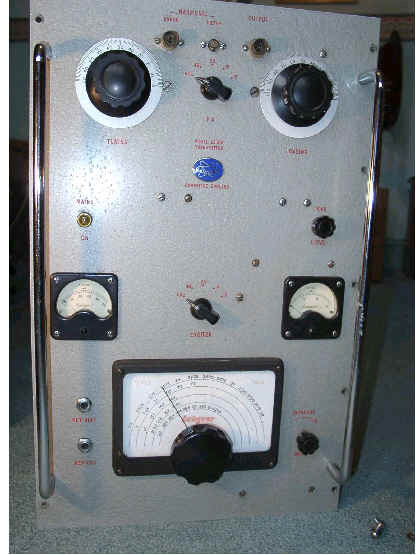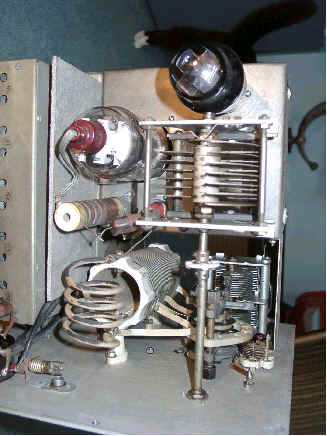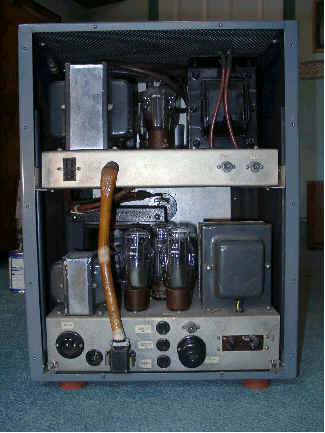|
The Labgear LG300 5 band transmitter by Ken Brooks G3XSJ Settling down for a winter reading of 1950’s RSGB Bulletins, the image of a large and handsome piece of amateur radio equipment stared out from the front pages. For years and years this same piece of equipment appeared, symbolising the stability of the era. Even the captions were alluring with scripts like “A real man’s transmitter.” The haunting image was in fact the Labgear LG300, a chunky, classically designed 150 watt rig in a steel cabinet with chrome handles giving it a very businesslike appearance. |
|
|
Adverts for the LG300 first appeared in the RSGB Bulletin in January 1955, illustrating what was presumably their prototype which had round meters. By March 1955 the price had been revealed as 47gns, (£49.35), less 813 valve. Much emphasis was placed on the TVI proofing of the instrument. This was in the days of rapid TV growth, and with transmissions on band 1, TVI was a real problem for amateurs. The September 1955 Bulletin advert played on those fears with the eye catching caption “Sorry OM but I’ll have to close down now - T/V starts in 5 minutes” . In January 1956 a photograph of the companion
power supply and modulator first appeared, suggesting that its
development might have been an afterthought. Skipping through the years,
the final advert appeared in May 1961. The price was now 66 gns, (still
less 813!), and a new address was given along with affiliation to the
PYE group of companies. Presumably PYE marketing decided there were
insufficient returns from advertising
what was then becoming a time expired product. Description
|

The Labgear LG300— PSU/Modulator on the left hand side, RF unit on the right |




